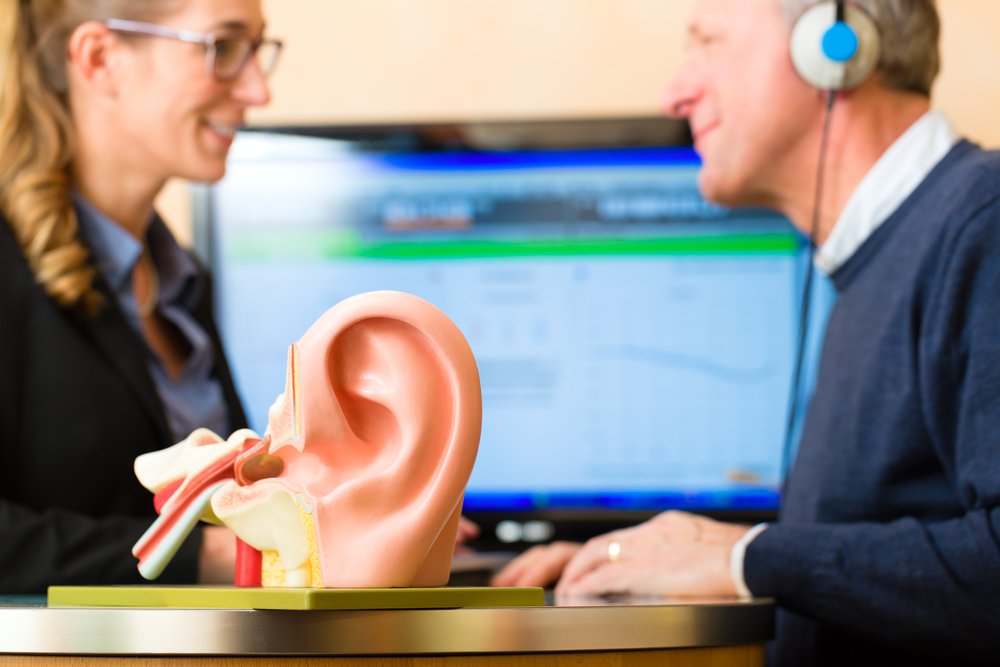 Just because you wear hearing aids doesn’t mean you have to stop listening to your favorite music with headphones. With a little experimentation, you can find a pair of headphones that works perfectly with the type of hearing aids you currently wear.
Just because you wear hearing aids doesn’t mean you have to stop listening to your favorite music with headphones. With a little experimentation, you can find a pair of headphones that works perfectly with the type of hearing aids you currently wear.
Types of Headphones
There are three headphone designs to choose from: bone conduction, on-ear, and over-ear.
Bone conduction headphones work best with:
In-the-ear (ITE)
In-the-canal (ITC)
Completely-in-canal (CIC)
Invisible-in-the-canal (IIC)
On-ear headphones work best with:
Completely-in-canal (CIC)
Invisible-in-canal (IIC)
Over-ear Headphones work best with:
In-the-ear (ITE)
In-the-canal (ITC)
Completely-in-canal (CIC)
Invisible-in-the-canal (IIC)
Types of Hearing Aids and How They Work
In-The-Ear (ITE) Hearing Aids
ITE hearing aids come in two styles, ones that fill the lower part of the outer ear and ones that fill most of the outer ear. You can wear ITE hearing aids with over-the-ear headphones or bone-conduction headphones, which are a type of headphone that transmit sound vibrations to the cheekbones and jawbones of the wearer.
Invisible-In-The-Canal (IIC) & Completely-In-The-Canal (CIC)
These go inside the ear canal for a very discreet fit, and are able to correct mild to moderate hearing loss. On-ear headphones are recommended for use with these IICs and CICs.
In-The-Canal (ITC) Hearing Aids
These types of hearing aids sit in the lower portion of the outer ear, which makes them comfortable and easy to use. Because they are bigger than IIC and CIC hearing aids, the battery lasts longer and they are able to correct a greater range of hearing loss. Since they are so small, IIC hearing aids can even be worn with earbuds.
Behind-The-Ear (BTE) Hearing Aids
For BTE or receiver-in-the-canal (RIC) devices, over-the-ear headphones are the best option. BTE hearing aids come in various sizes, from mini BTEs that have very thin tubing, to larger ones that are designed to correct severe to profound hearing loss and are compatible with ear molds.
Monitor Your Audio Levels Carefully
When choosing headphones for BTE devices, pick a style that fits comfortably over the microphone of your hearing aid. There can be some trial and error involved at first, and that’s normal. Just be sure to find headphones that are located far away from the hearing aid microphones so you don’t get any audio feedback.
Once you find the proper headphones to wear with your hearing aids, remember not to play audio too loudly. Hearing aids enable you to hear more without a higher intensity, so noise exposure can still worsen your hearing loss.
Francis Audiology is compliant with the American Academy of Audiology and American Speech-Language-Hearing Association. We are experts in helping our patients find and get fitted for wireless hearing devices, assisted listening devices (ALDs), and much more. Our experienced staff is well-equipped to help you find the ideal hearing aids or custom molds you need. Request an appointment online or call 412-123-3456 for more information.
